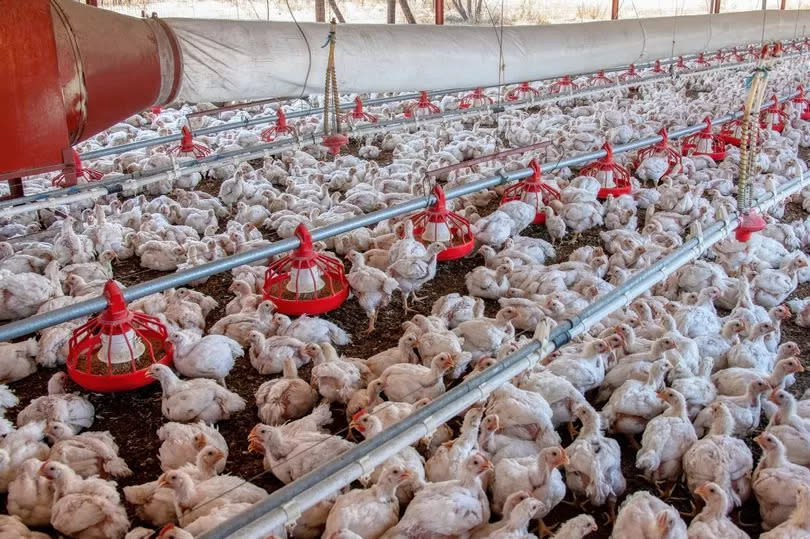Northern Ireland farm incomes drop 44% because of "cost and price pressures"

Northern Ireland's total income from farming has dropped an estimated 44% from 2022 to 2023, with Minister Andrew Muir citing "cost and price pressures". The Agriculture, Environment and Rural Affairs Minister says the disappointing and substantial call is a reflection of the fall in milk prices while the cost of feeding animals continues to rise.
According to the first (provisional) estimate for 2023 farm incomes, the region's total income from farming fell from £609m in 2022 to £341m in 2023, as the value of output from livestock fell 6%, field crops by 21% and horticulture by 27%. Feed costs, which account for 57% of farm spending, rose 5% to £1.24 billion in 2023 but fertiliser, lime and machinery costs all fell a respective 43%, 36% and 2% with fuel and oil costing 10% less.
Mr Muir said: "It is disappointing the total income from farming figure for the industry as a whole decreased between 2022 and 2023 by 44%. This decrease reflects the reduced milk prices from the record high levels of the previous year and the continued elevation in input costs for the agriculture sector.
READ MORE: NI fruit, veg and spud crops at risk after months of rain
READ MORE: TB vaccine could reduce disease spread by 89% in cattle, new study finds
"Income estimates for specific farm types also show that while decreases are expected for Cereals, Dairy and Mixed farms between 2022 and 2023, there are small increases expected for Cattle & Sheep farms and more substantial increases for Pig farms because of the rise in pig meat prices during 2023."
He went on to say "fluctuating market conditions is not a new problem, but it remains a very difficult issue for farmers to address. These fluctuations are mainly due to price influences across world markets which are very much outside our control".
Data suggests dairy farming still made the most in terms of sales and revenue (£892million) despite farm-gate milk price falling 21% to 35.1p a litre. Cattle made 6% less overall (£568m) with 5.8% less animals slaughtered. Sheep output also fell (0.5% to £109m) despite a 4% rise in the number of sheep slaughtered.
Some 8% more poultry was produced in intensive conditions with producers paying 3% less leading to an increase in sector value of 2% (£380m). While the overall value of intensively farmed pigs rose 15% to £297m with a 4% drop in volume and 20% price rise. Intensive egg production's value rose 47% to £223m amid a 0.3% fall in volume and prices going up 43%.
Meanwhile the value of field crops fell 21% to £86 million because of lower grain prices and yields. Cereals decreased 37% to £40m while the value of potatoes increased by 15% to £31 million. Horticulture also took a hit, delivering £70m with £46m coming from mushrooms and vegetable production.
Meanwhile, the estimated value of 2023 farm payments was £298million, representing an increase of 0.4%, when compared with the 2022 payments.
Downward projections are set to continue according to DAERA, with income across all farm types expected to fall from an average £51,043 in 2022/23 to £27,345 in 2023/24 - that's a decrease of £23,699 or 46% per farm.
The Ulster Farmers' Union has been contacted for comment.
For all the latest news, visit the Belfast Live homepage here and sign up to our newsletter.

 Yahoo News
Yahoo News 
